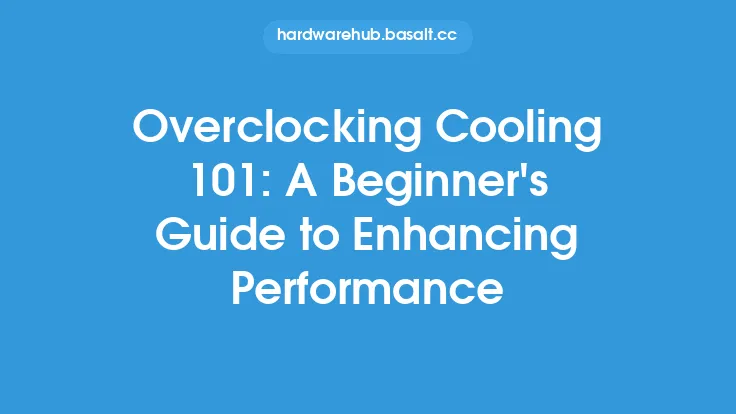As a beginner, navigating the world of mechanical keyboards can be overwhelming, especially with the numerous options available in the market. Mechanical keyboards have gained popularity over the years due to their durability, customization options, and enhanced typing experience. In this guide, we will delve into the basics of mechanical keyboards, exploring their components, benefits, and what to consider when purchasing one.
Introduction to Mechanical Keyboards
Mechanical keyboards utilize individual mechanical switches under each key, unlike membrane or dome-switch keyboards that rely on a single layer of conductive material. These switches are designed to provide a tactile and audible feedback, allowing for a more precise and efficient typing experience. Mechanical keyboards are often preferred by gamers, programmers, and writers due to their ability to register multiple key presses simultaneously and their durability.
Components of a Mechanical Keyboard
A mechanical keyboard consists of several key components, including the switches, keycaps, PCB (Printed Circuit Board), and the case. The switches are the most critical component, as they determine the overall feel and sound of the keyboard. There are several types of switches available, each with its unique characteristics, such as actuation force, travel distance, and sound level. Keycaps, on the other hand, are the removable caps that cover the switches, and they come in various shapes, sizes, and materials. The PCB is the brain of the keyboard, connecting the switches to the computer, while the case provides the structural integrity and aesthetic appeal of the keyboard.
Benefits of Mechanical Keyboards
Mechanical keyboards offer several benefits over traditional keyboards. One of the primary advantages is their durability, with some switches rated for up to 50 million keystrokes. They also provide a more precise and efficient typing experience, thanks to the individual switches under each key. Additionally, mechanical keyboards are highly customizable, allowing users to replace switches, keycaps, and even the PCB to suit their preferences. Furthermore, mechanical keyboards are often more ergonomic, with many models featuring adjustable height settings and split designs to reduce strain on the hands and wrists.
Types of Mechanical Switches
There are several types of mechanical switches available, each with its unique characteristics. Linear switches, such as the Cherry MX Red, provide a smooth and quiet typing experience, while tactile switches, like the Cherry MX Brown, offer a bump or feedback when pressed. Clicky switches, such as the Cherry MX Blue, provide an audible click when pressed, making them ideal for gamers and typists who prefer a more pronounced feedback. Other switch types include Topre, Kailh, and Outemu, each with its own strengths and weaknesses.
What to Consider When Purchasing a Mechanical Keyboard
When purchasing a mechanical keyboard, there are several factors to consider. First and foremost, consider the type of switches that suit your typing style and preferences. If you're a gamer, you may prefer linear or clicky switches, while typists may prefer tactile switches. Additionally, consider the keycap material and design, as well as the overall build quality and durability of the keyboard. Ergonomics is also an essential factor, especially for those who spend extended periods typing. Finally, consider the budget, as mechanical keyboards can range from affordable to very expensive.
Conclusion
Mechanical keyboards offer a unique and enhanced typing experience, with their individual switches, customizable keycaps, and durable construction. By understanding the components, benefits, and types of mechanical switches, beginners can make informed decisions when purchasing a mechanical keyboard. Whether you're a gamer, programmer, or writer, a mechanical keyboard can improve your productivity and overall typing experience. With the numerous options available, it's essential to consider your needs and preferences to find the perfect mechanical keyboard for your needs.





